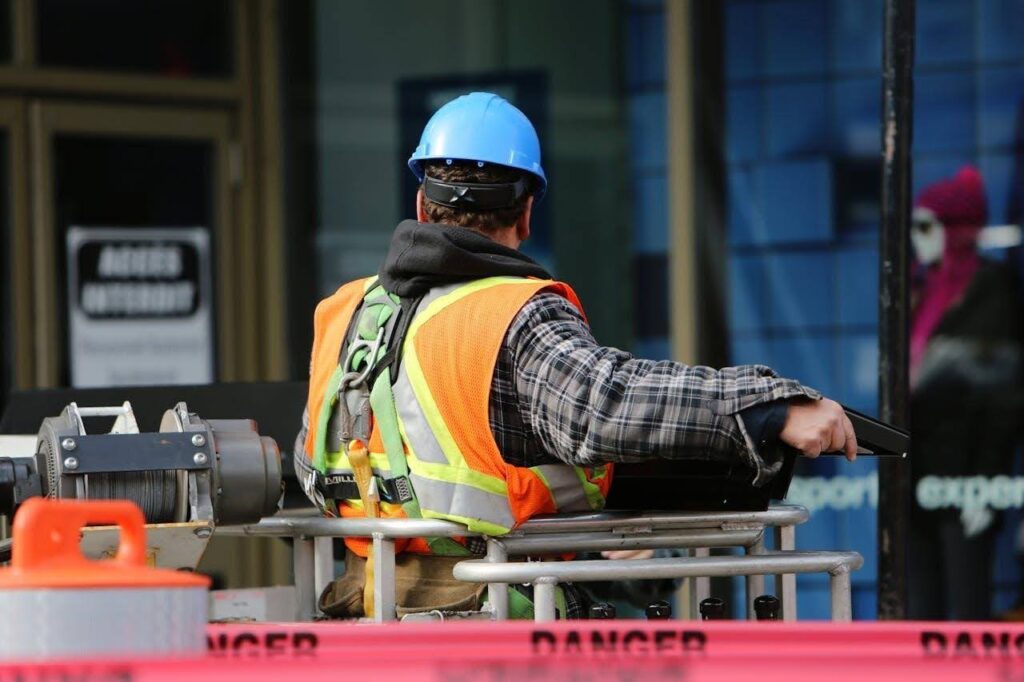Construction professionals face growing pressure to meet tighter deadlines, manage shrinking budgets, and maintain high safety standards. With these demands rising, many project managers and planners are exploring digital tools that not only streamline operations but also improve decision-making in real time. Among the most promising advancements is Construction AI, a rapidly evolving technology shaping the future of how projects are executed.
Construction AI combines machine learning, automation, and real-time data analysis to enhance every phase of a project. From planning and preconstruction to on-site activity and post-completion evaluations, AI-backed solutions are transforming how managers think about productivity, risk mitigation, and communication. Its influence continues to grow as adoption spreads across job sites and design offices alike.
Improving Decision-Making with Predictive Analytics
Data-driven insights help decision-makers anticipate problems before they become costly delays. AI tools can now assess thousands of variables-from weather trends to equipment usage-allowing planners to adjust schedules, reroute resources, or even alter construction sequences. These adjustments reduce project risk and allow teams to work proactively rather than reactively.
Predictive models also support financial forecasting. By identifying which parts of a project might exceed budget or where change orders are most likely, managers can allocate funds more wisely. These insights reduce surprises and improve stakeholder confidence throughout the build cycle.
Enhancing Site Awareness with Reality Capture
Reality capture technologies-such as 3D laser scanning, photogrammetry, and drone-based imaging-feed construction AI with rich, accurate data about job sites. These visual inputs provide a detailed record of current site conditions, allowing comparisons between planned models and real-world progress.
When paired with AI, these scans become even more powerful. AI software can automatically flag discrepancies between designs and field conditions, detect structural inconsistencies, and even track material movement. This automated analysis reduces the time supervisors spend walking the site and lets them focus on resolving issues rather than searching for them.
Reality capture also improves collaboration. Stakeholders, whether on or off-site, can review high-resolution models and make informed decisions based on what’s actually happening, not just what the drawings say should happen.
Boosting Worker Safety Through Automation
Keeping workers safe is always a top priority, but traditional methods of monitoring safety conditions can be slow and inconsistent. AI platforms are now being used to analyze footage from on-site cameras, detect unsafe behaviors, and alert supervisors immediately.
Machine learning systems recognize hard hat usage, proper harnessing, and unsafe proximities to heavy equipment. Instead of waiting for a human to review footage or complete an inspection, these tools act in real time. Faster responses mean fewer injuries and greater accountability across the workforce.
Construction AI also assists with safety training. By analyzing common risk patterns across past projects, companies can tailor training to focus on high-risk activities specific to their job site environments. This proactive approach helps reduce the learning curve for new workers and reinforces safety for seasoned teams.
Use Cases That Are Transforming the Industry
AI is not just a buzzword. It’s driving measurable change in how construction projects unfold. Below are a few practical applications that have gained traction:
- Schedule optimization tools reduce delays by suggesting task sequences that cut idle time.
- AI-driven design validation scans architectural plans to flag conflicts with structural or MEP elements.
- Equipment tracking software predicts maintenance needs and reduces downtime.
- AI-assisted procurement platforms forecast material needs and prevent costly overordering.
- Permit and document automation accelerates compliance checks by scanning for missing forms or outdated references.
Each of these tools eliminates repetitive manual tasks, speeds up communication, and empowers management to focus on higher-value decisions.
Staying Competitive Through Smarter Planning
Those who oversee complex builds must stay ahead of shifting client expectations, rising material costs, and increasingly strict safety requirements. Construction AI allows managers to see around corners, giving them an edge when planning tight timelines or balancing multiple projects.
Adoption does not require a full overhaul of your workflow. Many AI tools integrate with existing platforms like BIM systems or scheduling software. Start small-identify where inefficiencies cost the most-and use targeted AI solutions to close those gaps.
Early adopters are already reporting reductions in labor costs, improvements in build quality, and fewer costly project overruns. These gains aren’t just theoretical. They are happening now across commercial, infrastructure, and residential sectors.
Explore What Construction AI Can Do for Your Team
If you’re responsible for planning, budgeting, or supervising a construction project, this is the right time to explore Construction AI. Its benefits stretch far beyond automation, offering smarter solutions for the challenges that come with building today. Consider evaluating your current tools and processes, and see where AI can support your goals for efficiency, quality, and safety.

